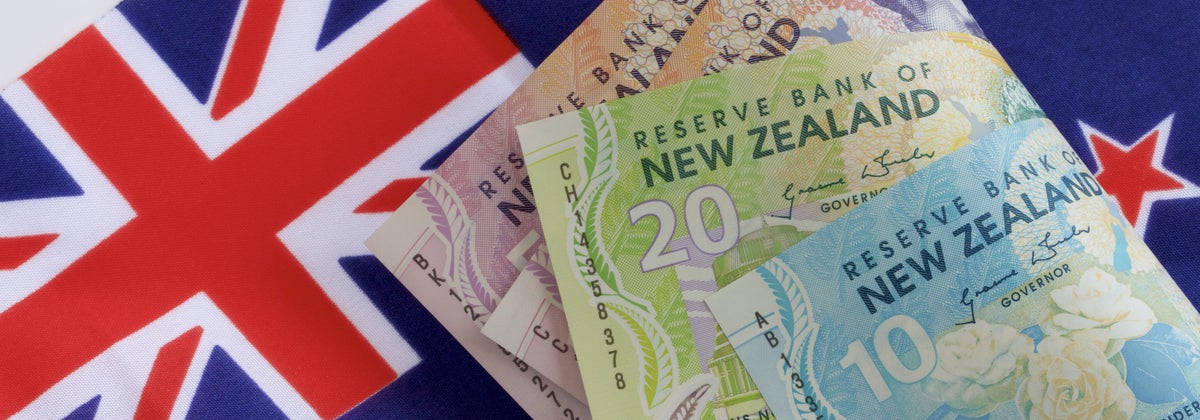If you’re reviewing your finances, one major area you might want to consider is KiwiSaver. And, if you’re new to the investment game, it’s understandable if you’ve got a few questions. In this guide, we’ll explore what opting out of KiwiSaver means for your future finances.
Compare KiwiSaver funds with Canstar
Opting out of KiwiSaver: can it be done?

The first point with KiwiSaver to be aware of is that it is a voluntary savings scheme. While the possibility of changing this to a complusary system has led to some political debate, for now at least, the choice is yours as to whether you join the retirment savings scheme. However, the KiwiSaver opt out decision will also be impacted by what stage you’re at in the system.
For example, if you’re a new employee and have been automatically enrolled into KiwiSaver, then you can choose to opt out of the scheme. But, if you earlier chose to join KiwiSaver, then you can’t opt out altogether. Instead, you have the option of taking a contributions holiday.
If you are under the age of 19, you may be able to complete a KiwiSaver opt out, in some circumstances, according to the Inland Revenue Department (IRD) website.
In oder to opt out, you have to complete a new employee KiwiSaver opt out form, known as a KS10 and give it to your employer or IRD.
Opting out of KiwiSaver: what to be aware of 
Your age and whether or not you were automatically enrolled into KiwiSaver or not are not the only factors you need to consider when considering a KiwiSaver opt out. You also have limited timeframes to complete a KiwiSaver opt out, as illustrated on the IRD website:
- You can’t opt out until you’ve been in your job for two weeks
- You are allowed to opt out of KiwiSaver at any point between the two-week and eight-week mark
- You can’t opt out after the eight-week mark. After this point, you can apply for a late opt out, or an an early contributions holiday.
Inland Revenue may accept late opt outs for up to 3 months after receiving your first contribution if:
- your employer didn’t supply you with a KiwiSaver employee information pack (KS3) within 7 days of you starting your job
- Inland Revenue didn’t send you a product disclosure statement for the default KiwiSaver scheme that you were allocated to
- your employer didn’t give you a product disclosure statement for their chosen KiwiSaver scheme
- events outside your control prevented you from delivering your opt-out notice on time
- you were automatically enrolled when you shouldn’t have been.Source: www.kiwisaver.govt.nz
Opting out of KiwiSaver: should you do it?

The decision to take a KiwiSaver opt out is entirely up to the individual. However, before filling out that form, it’s worth reviewing all the many benefits of KiwiSaver that you would miss out on, over and above the fact that you’re creating a retirement nest egg.
Here are a recap of some of the key benefits of joining KiwiSaver:
- KiwiSaver can help you into your first home: To use a KiwiSaver withdrawal for a first home, you must have been a KiwiSaver member for at least three years. But, if you meet the criteria, KiwiSaver could be a serious help towards buying that first property.
- If you’re 18 years or older, the Government will make an annual contribution towards your fund. They pay 50 cents for every dollar of your own annual contributions to your KiwiSaver – up to a maximum payment of $521.43 each year. This means if you contribute at least $1,042.86 a year, you will be eligible for the maximum credit.
- If you’re contributing to KiwiSaver from your pay, your employer also has to make contributions. In addition to paying you your wages, employers must pay your KiwiSaver account at least 3% of your salary. Read more on our guide to your employer’s responsibility with KiwiSaver.
So, to sum up, in many situations a KiwiSaver opt out is possible. But there are many many reasons to opt in – and stay in. As always, we recommend you shop around to compare KiwiSaver providers, schemes and funds, so you can choose an option to suit you.
Compare KiwiSaver options on Canstar's website
Want more finance tips?

Sign up for free to receive more news and guides, straight to your inbox.
By subscribing you agree to the Canstar Privacy Policy.




Share this article